PFAS is being banned by the EU, but nothing has yet been legislated.
7 facts you might not have known about PFAS

Long-term exposure to PFAS has been linked to a variety of health problems, including increased cholesterol levels, changes in liver enzymes, reduced vaccine response in children, increased risk of high blood pressure or preeclampsia in pregnant women, developmental effects or delays in children, increased risk of kidney or testicular cancer, as well as negative effects on the immune system.

To determine if a product contains PFAS, check the ingredient list for terms such as PTFE, polytetrafluoroethylene, or other phrases containing "perfluoro-" and "polyfluoro-". Also look for certifications or manufacturer claims on labels indicating that the product is "PFAS-free" or does not contain specific PFAS chemicals.
How to avoid consuming PFAS?
-
To minimize PFAS intake through diet, it is important to be aware of potential sources of contamination. Besides avoiding fish and seafood from polluted lakes, especially in Sweden where crayfish are known to have high PFAS levels, you should also consider the following:
- Limit consumption of processed foods, as packaging materials may contain PFAS.
- Reduce intake of conventionally grown produce that may be exposed to PFAS-contaminated soil or water.
- Check for advice on local and imported seafood because water bodies worldwide can be contaminated with PFAS.
- Be careful with meat and dairy products, as animals can accumulate PFAS from their environment and feed.
-
Kitchen products (frying pans, oven dishes, pots, and baking molds) with non-stick coating where the manufacturer does not clearly state that they are made without the PFAS acronym (PFOS or PFOA is not enough).
- Cosmetics and skincare products containing PFAS.
- Most water-repellent agents.
- Water- and weather-resistant garments and functional clothing containing PFAS.
- Many types of ski wax.
- Take-away cardboard containers where you can see how the oil "beads".
- Be careful with fire extinguishing foam.
-
In the short term - nothing. Long-term and repeated intake of PFAS can lead to a range of health problems due to their persistence and bioaccumulation in the human body. Some of the documented effects include:
- Elevated cholesterol levels
- Changes in liver enzymes and liver function
- Reduced vaccine response in children, indicating effects on the immune system
- Developmental effects such as low birth weight and reduced fetal growth
- Potentially increased risk of kidney and testicular cancer based on animal studies and some epidemiological data
- Hormonal disorders and potential reproductive problems
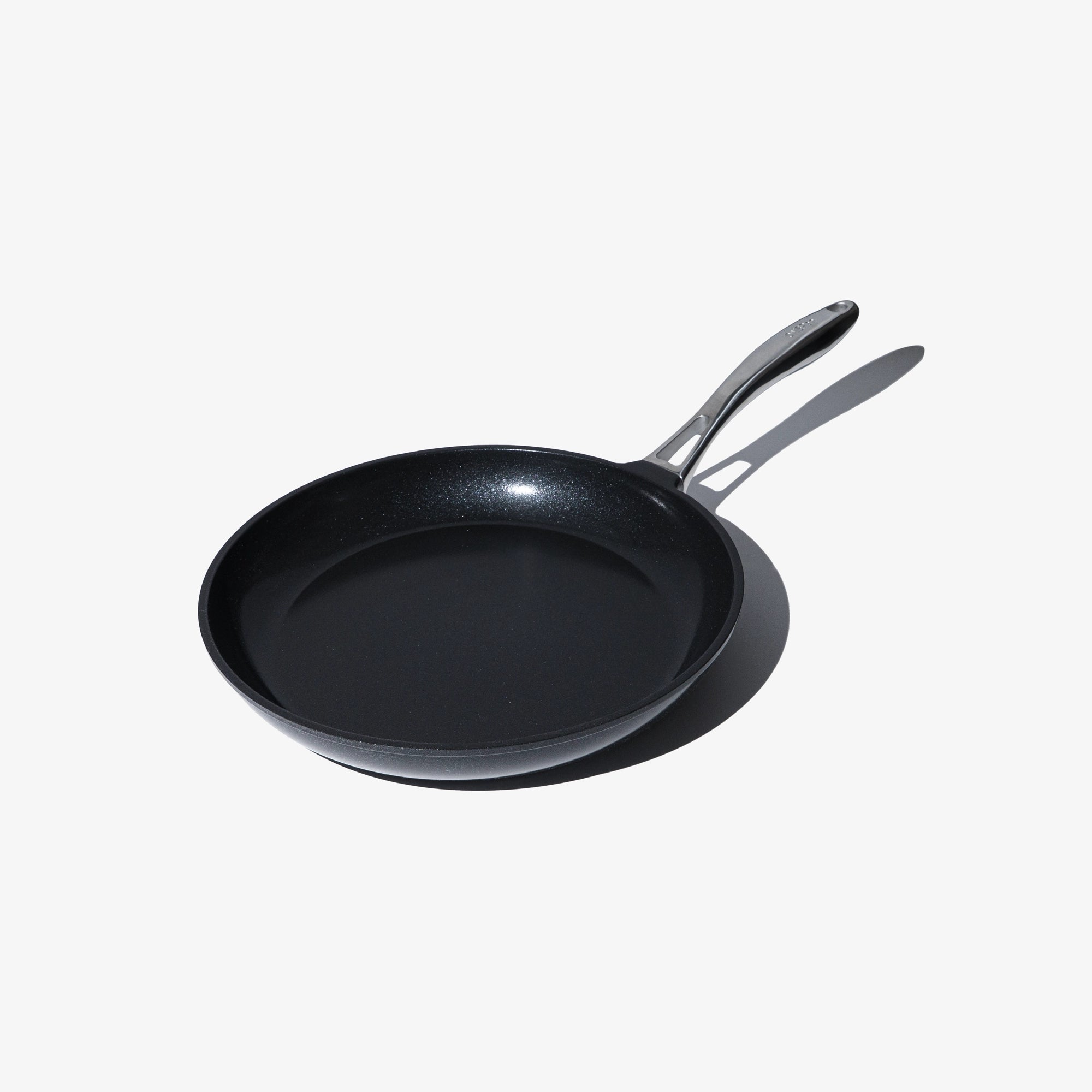
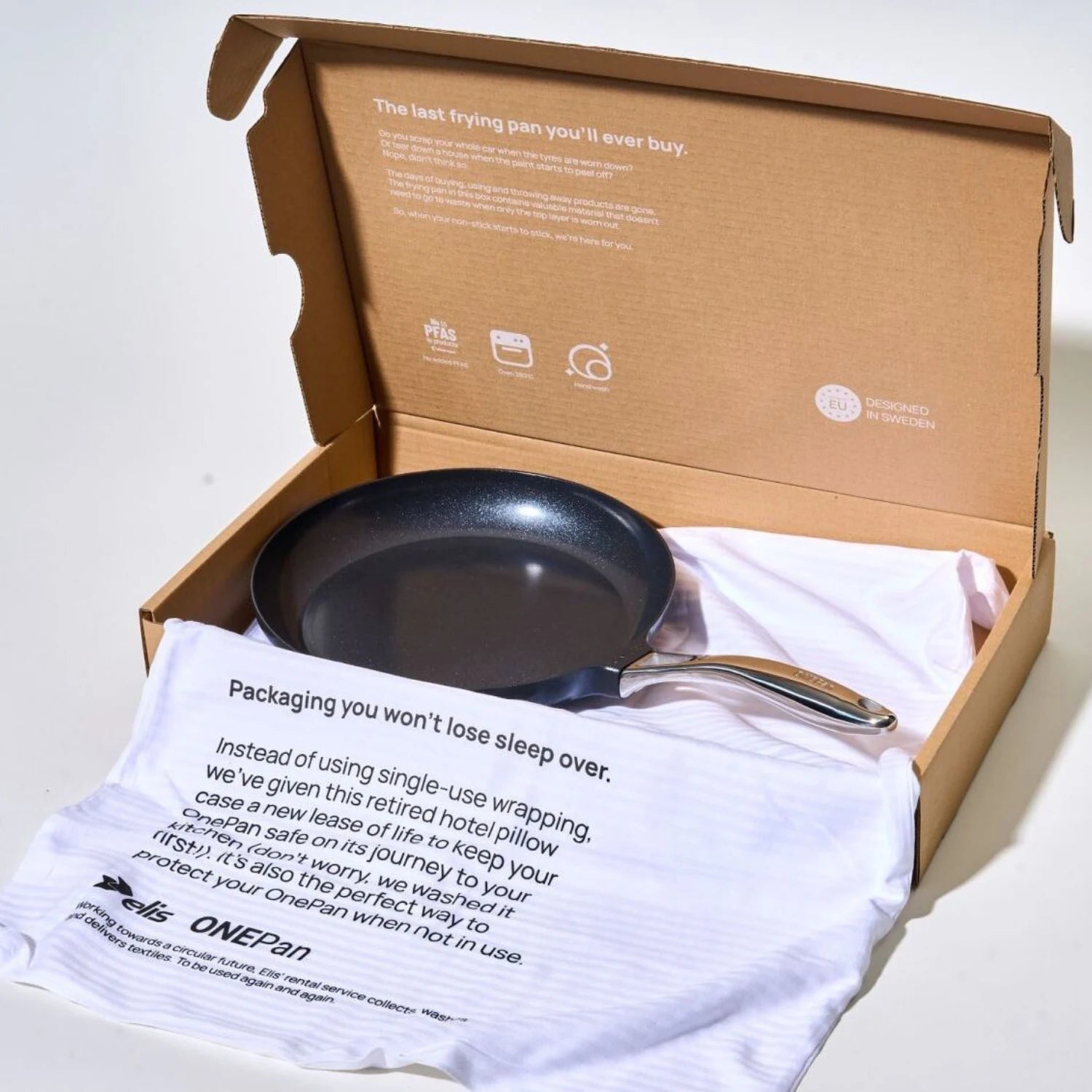
Perfect for everyday dinners and the family's favorite dishes
1 441 SEK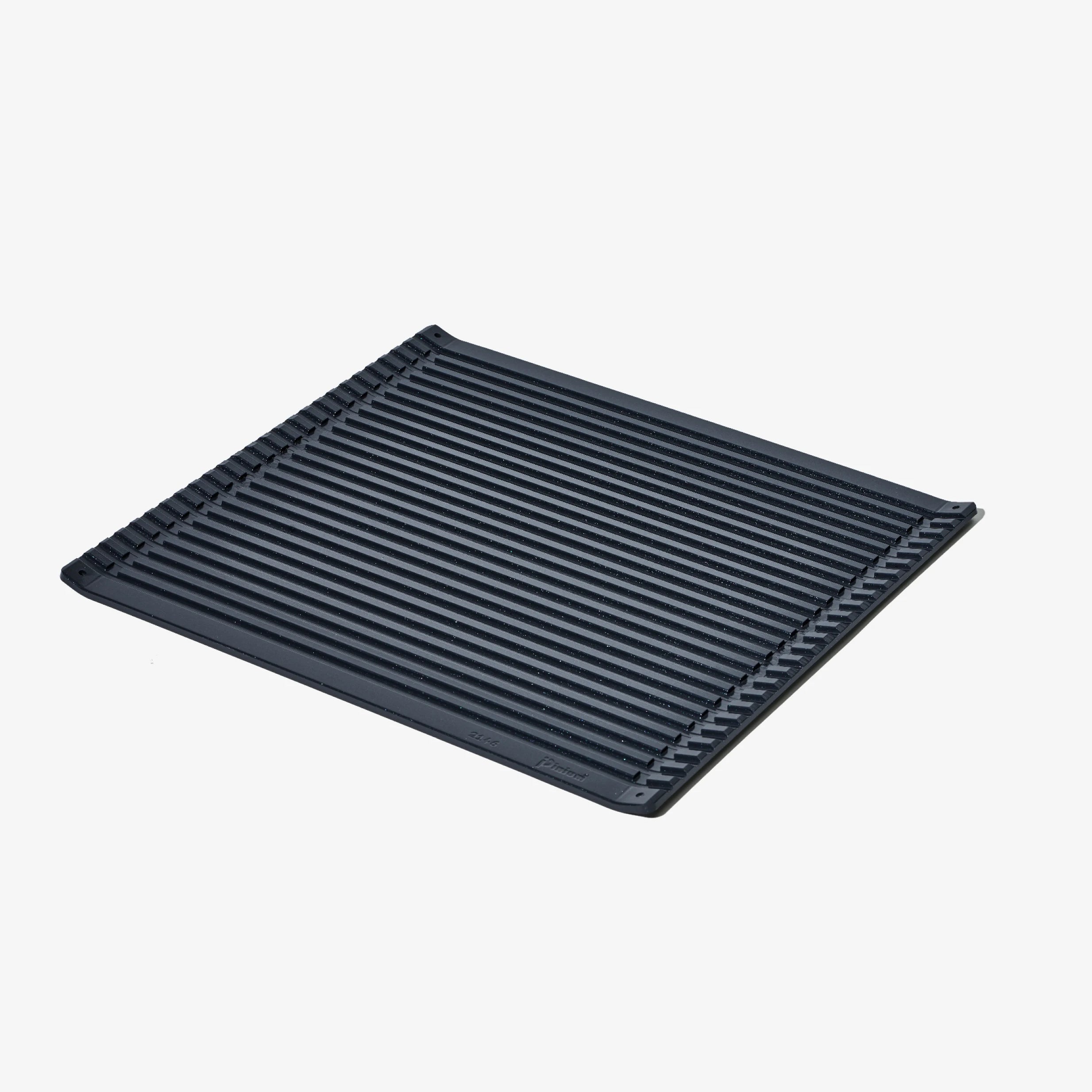
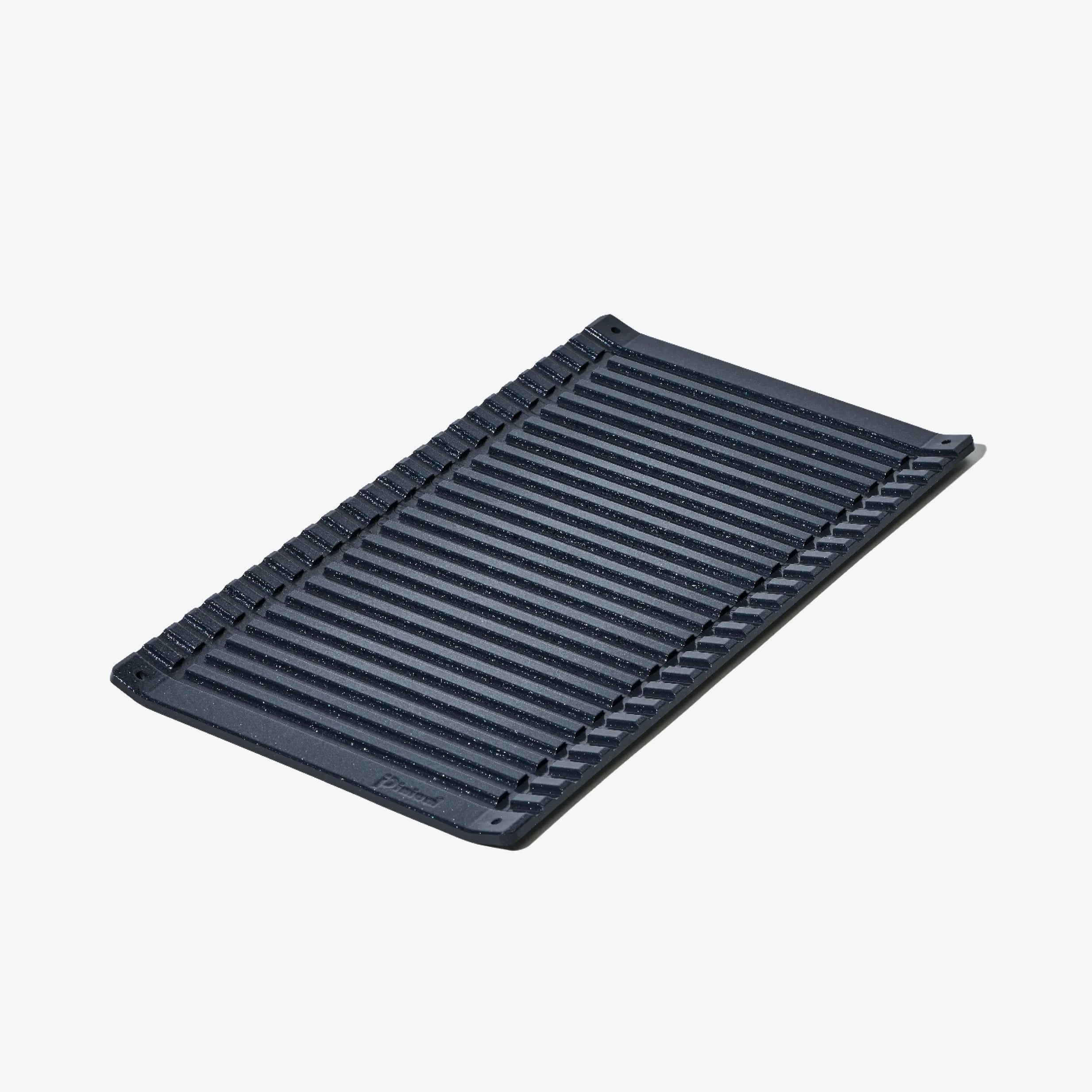
Perfect for grilled chicken, fish, and pizza in the oven
From 417 SEK

Perfect set for everything from dinner for two to family party
2 195 SEK

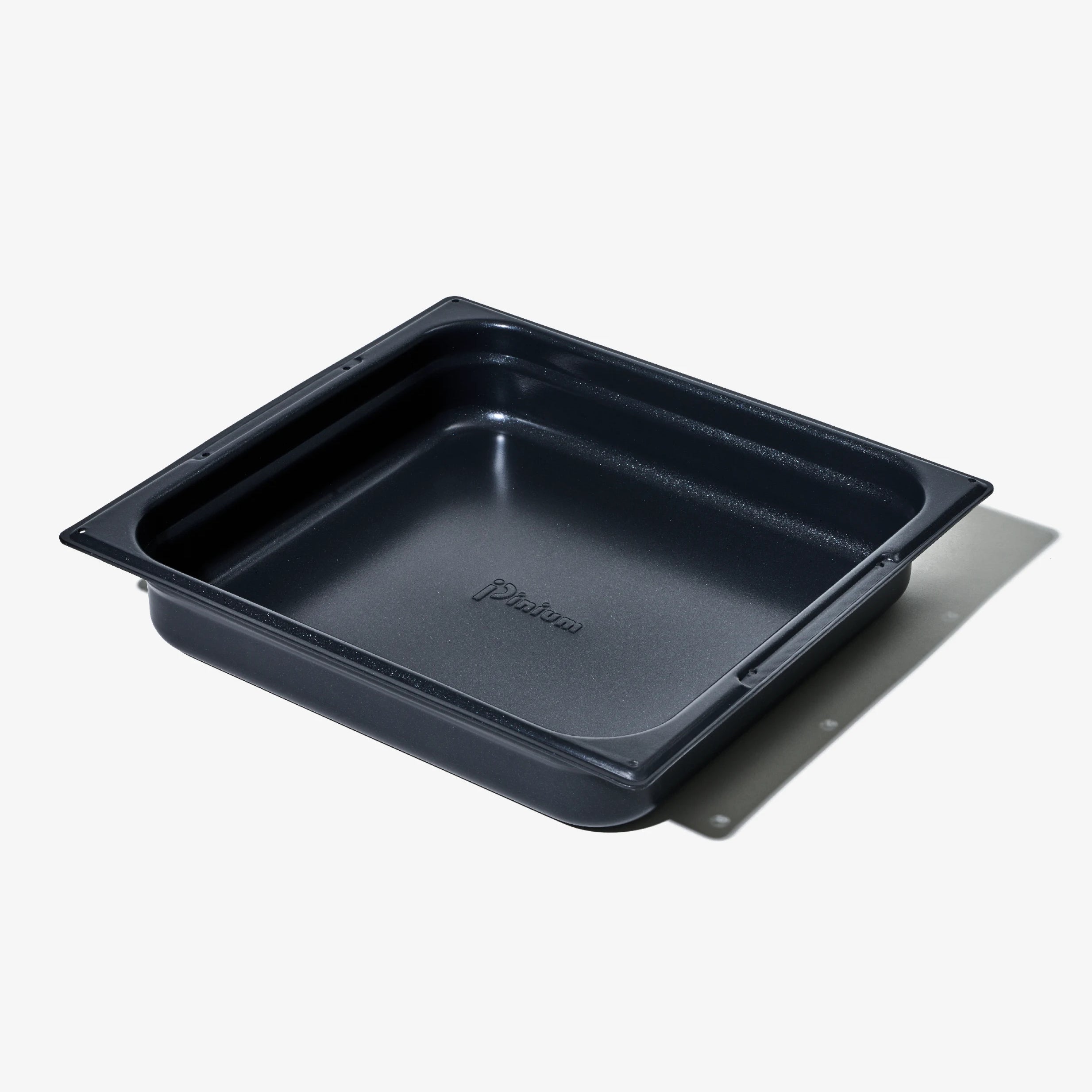
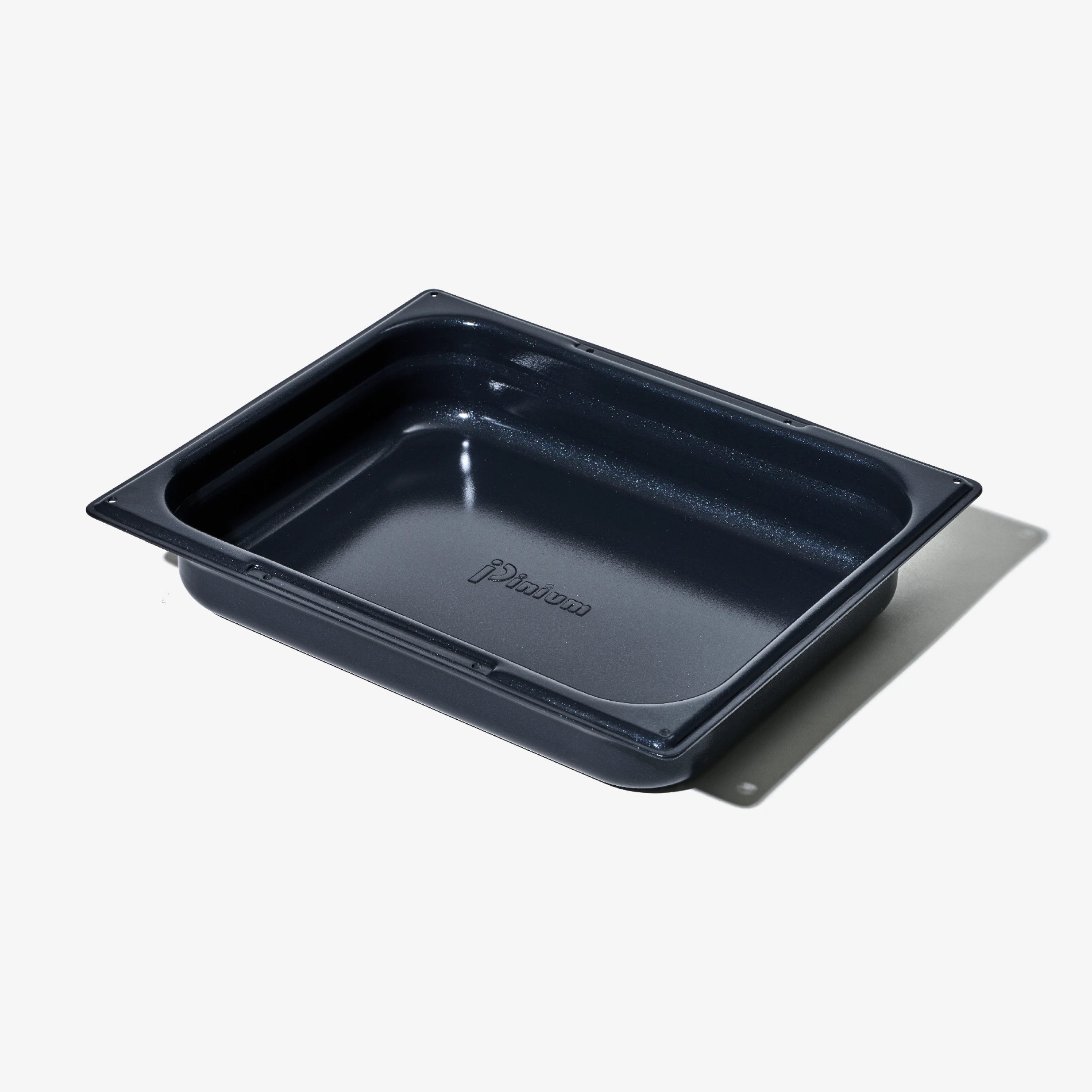
Perfect for crispy vegetables, chicken, casseroles, and lasagna
From 657 SEK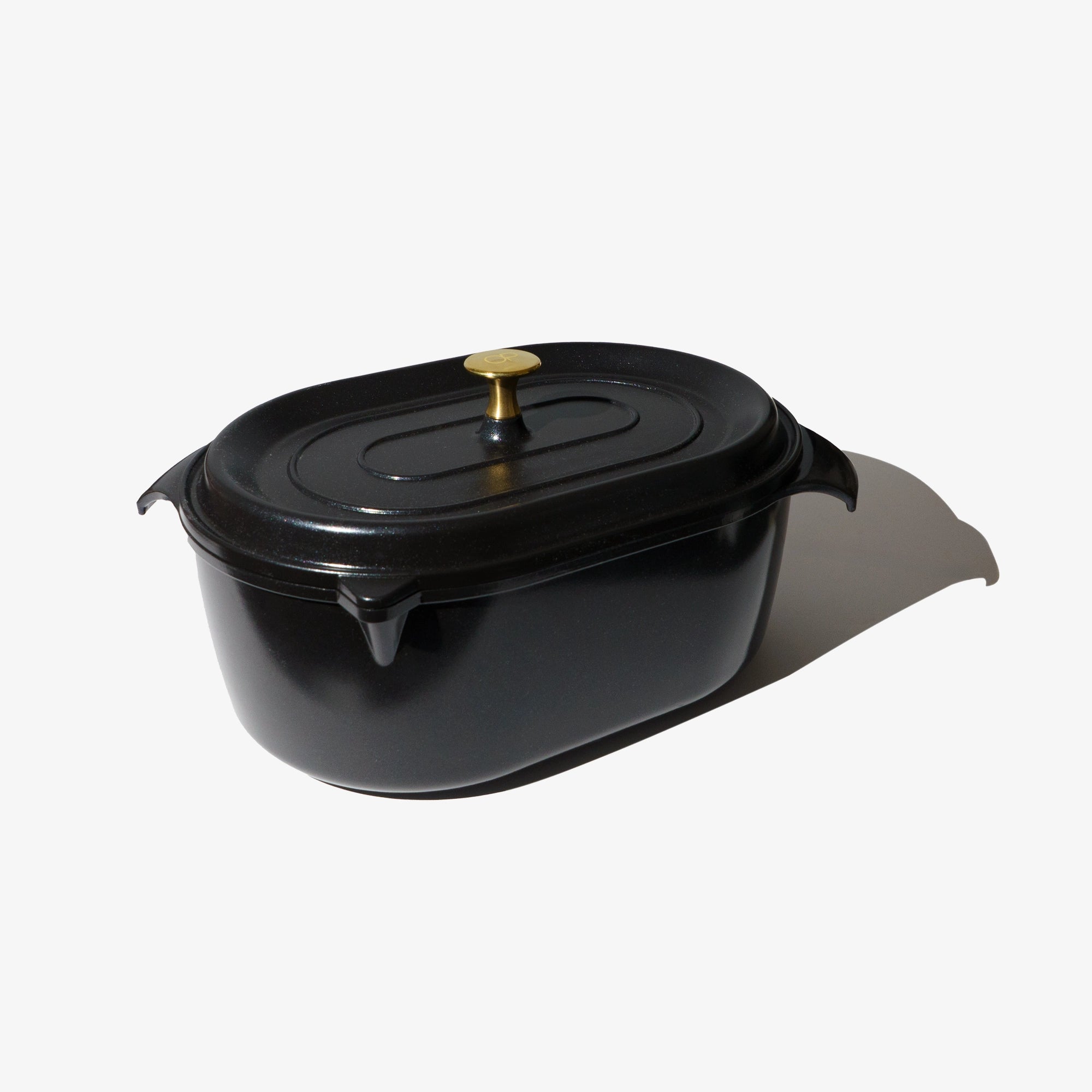

Perfect for slow cooking, soups, family dinners, and festive occasions
1 752 SEK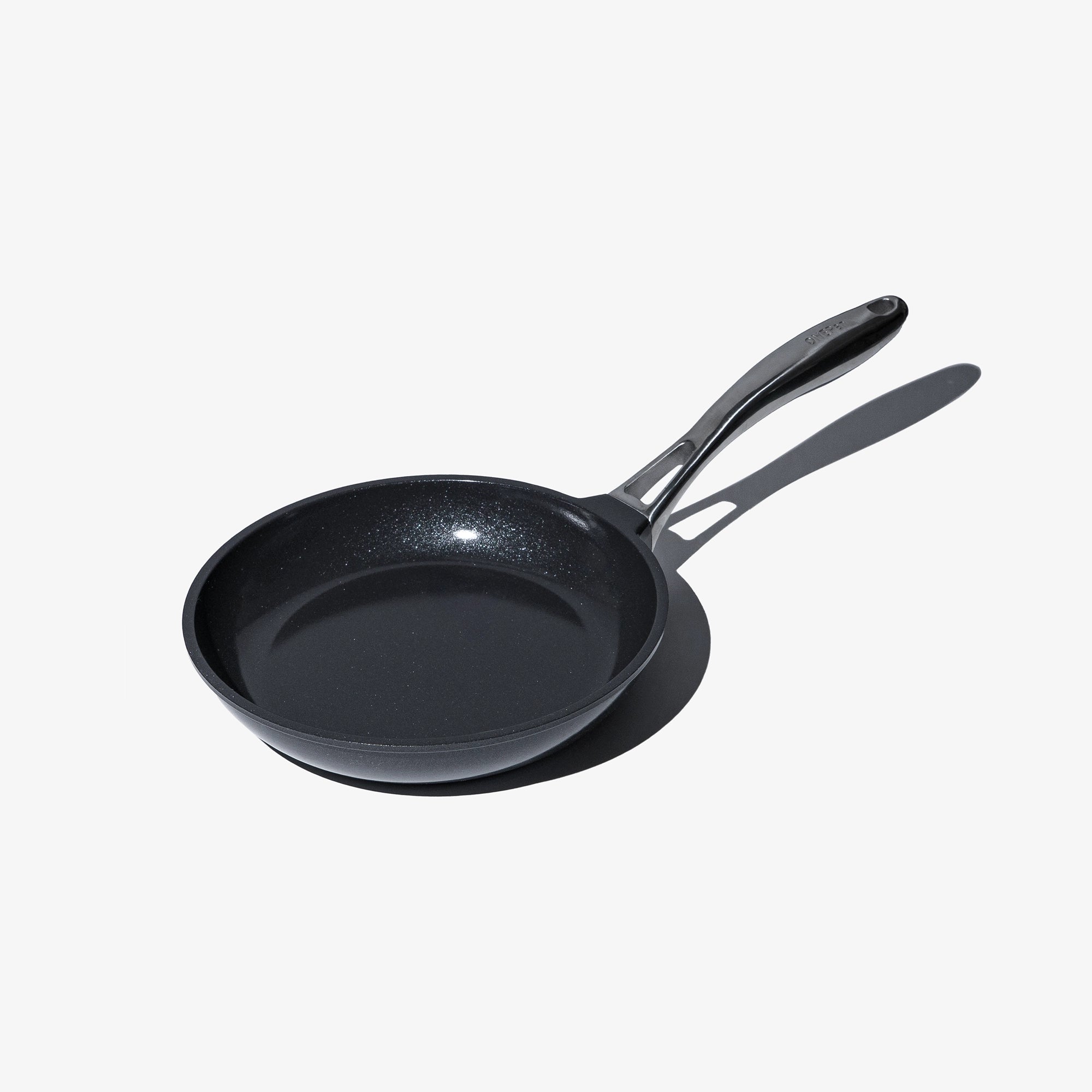

Perfect for omelets, pancakes, and small portions
1 101 SEK

Perfect for pasta, stews, and popcorn
1 611 SEK

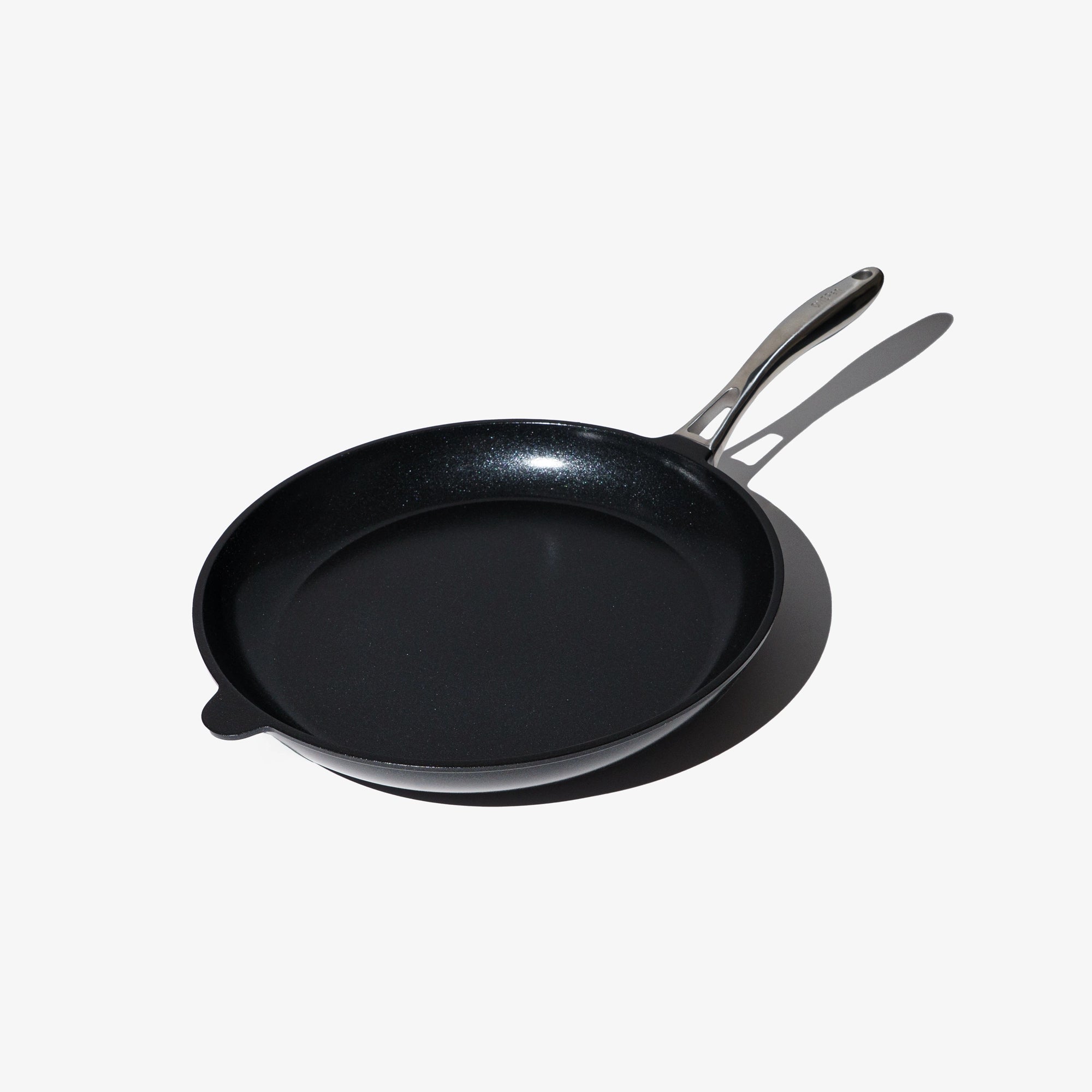

Perfect for large dinners and everything that requires extra space
1 696 SEK

Perfect for every meal, every day
3 695 SEK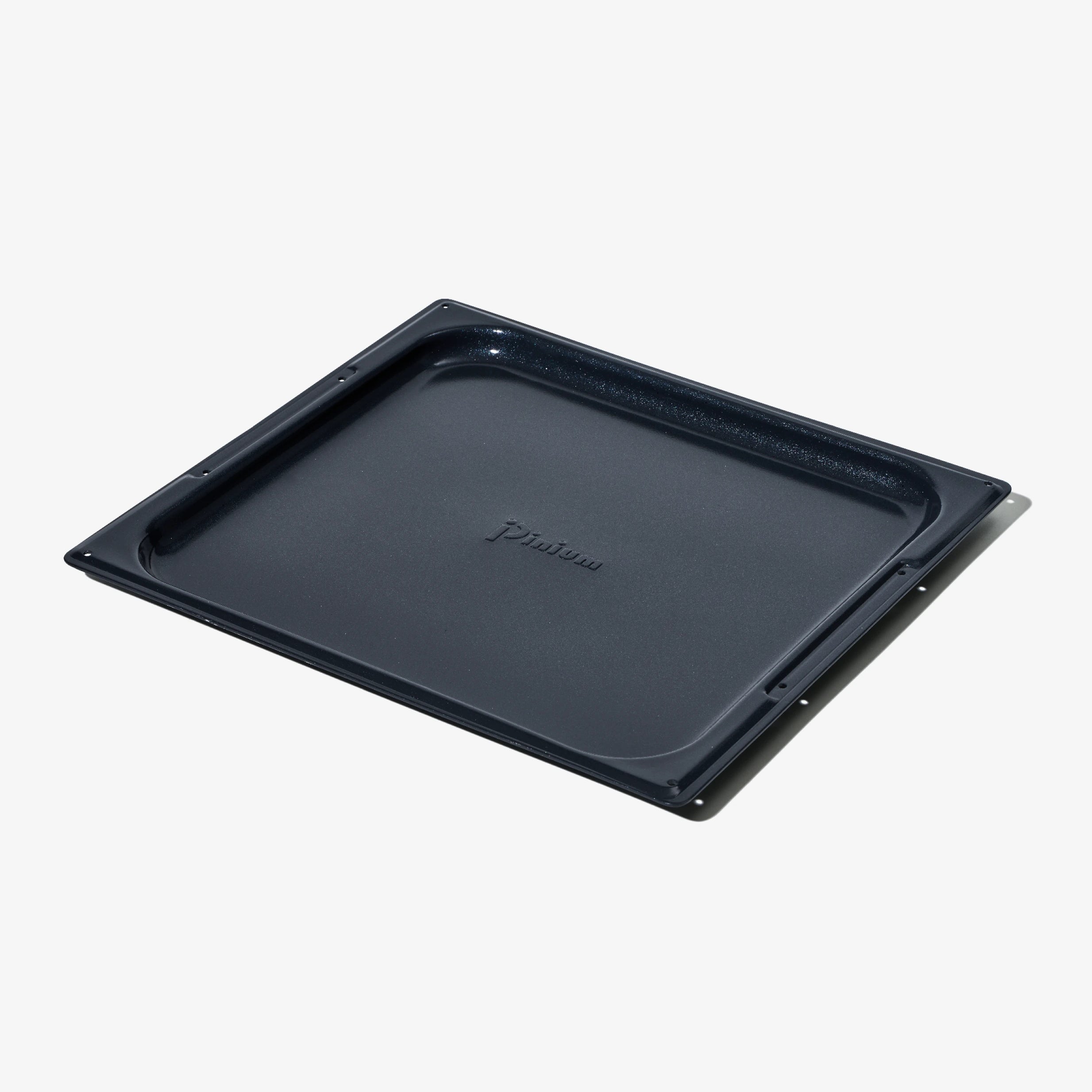
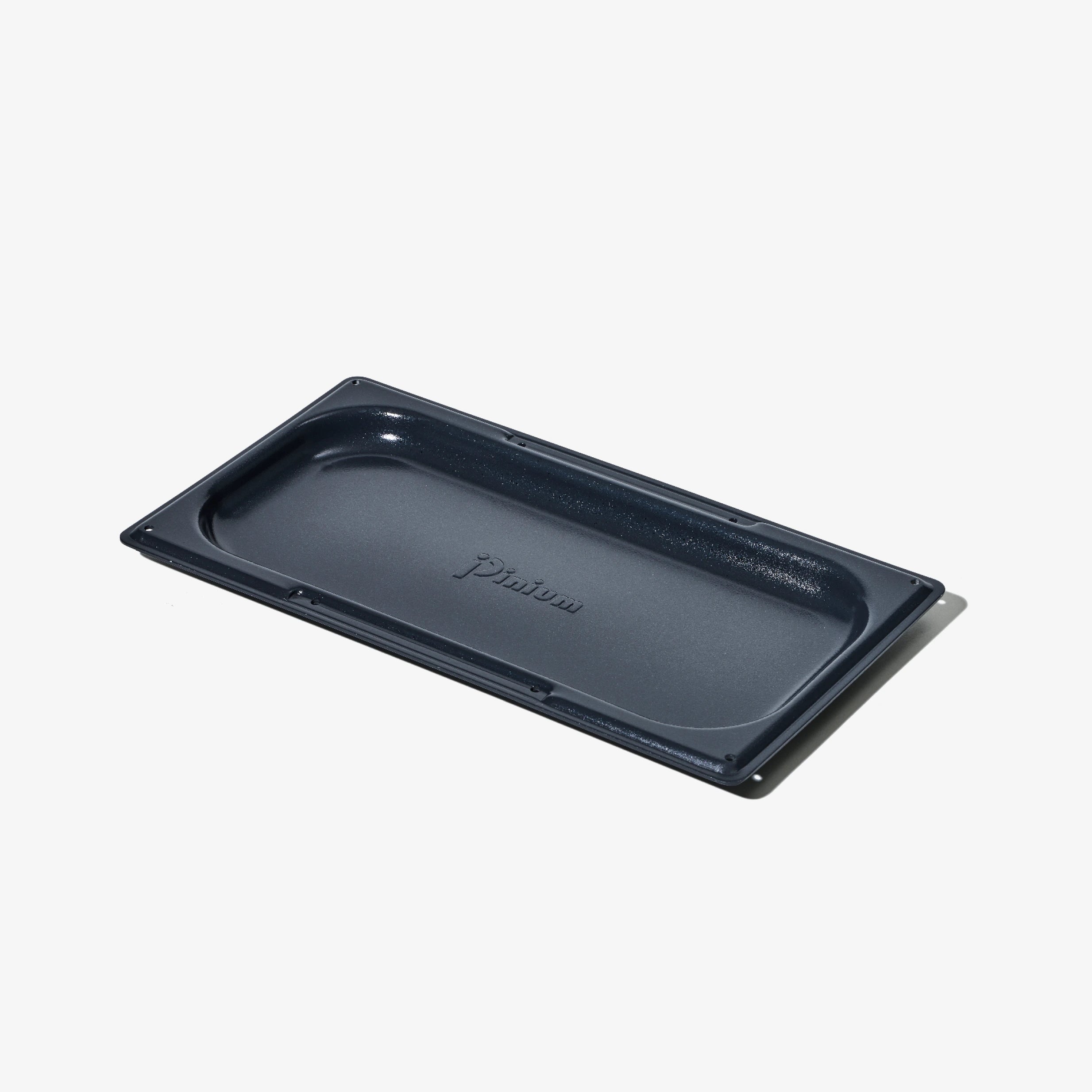
Perfect for everything from pizza to crispy potatoes
From 357 SEK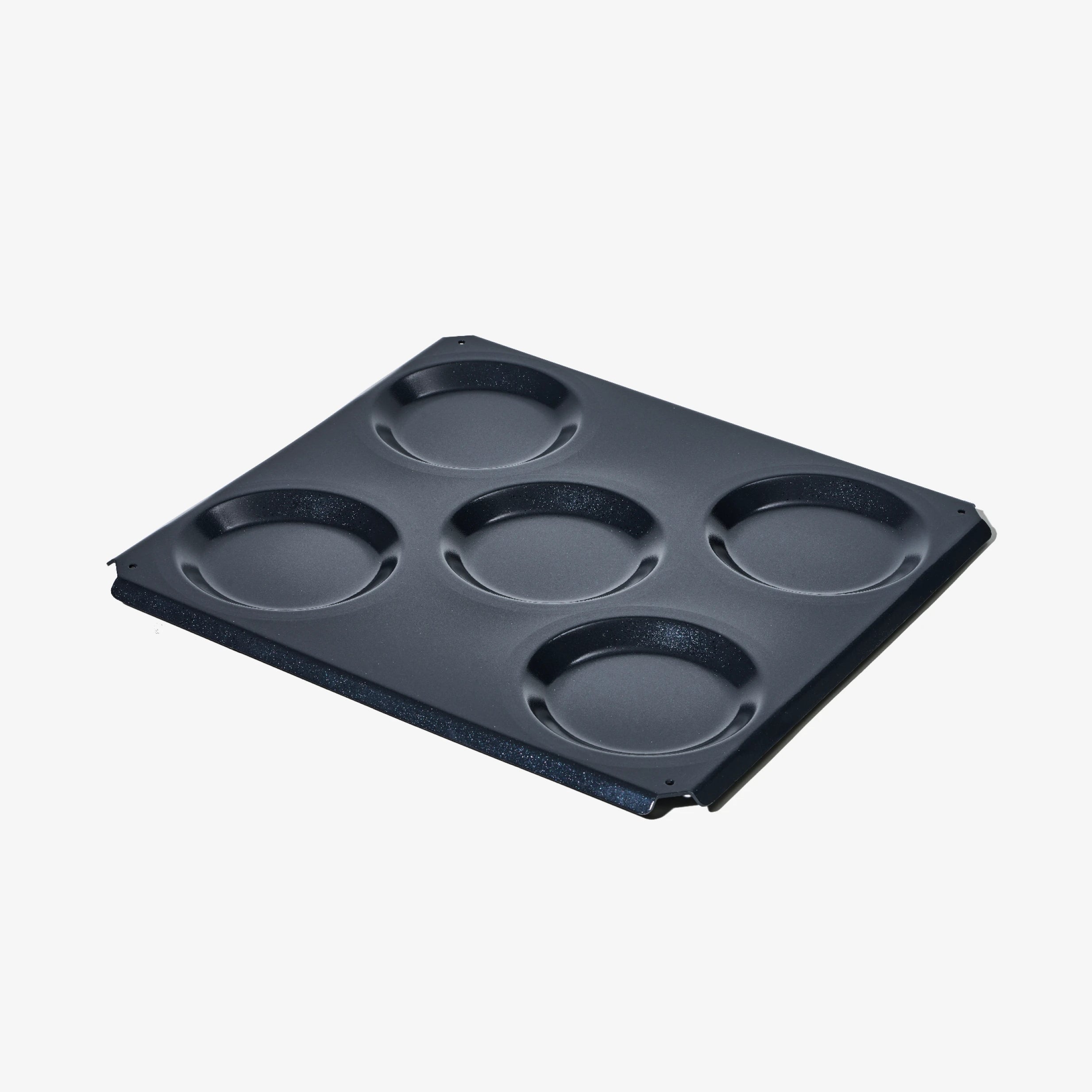

Perfect for pancakes, crepes, potato pancakes, and cookies
597 SEK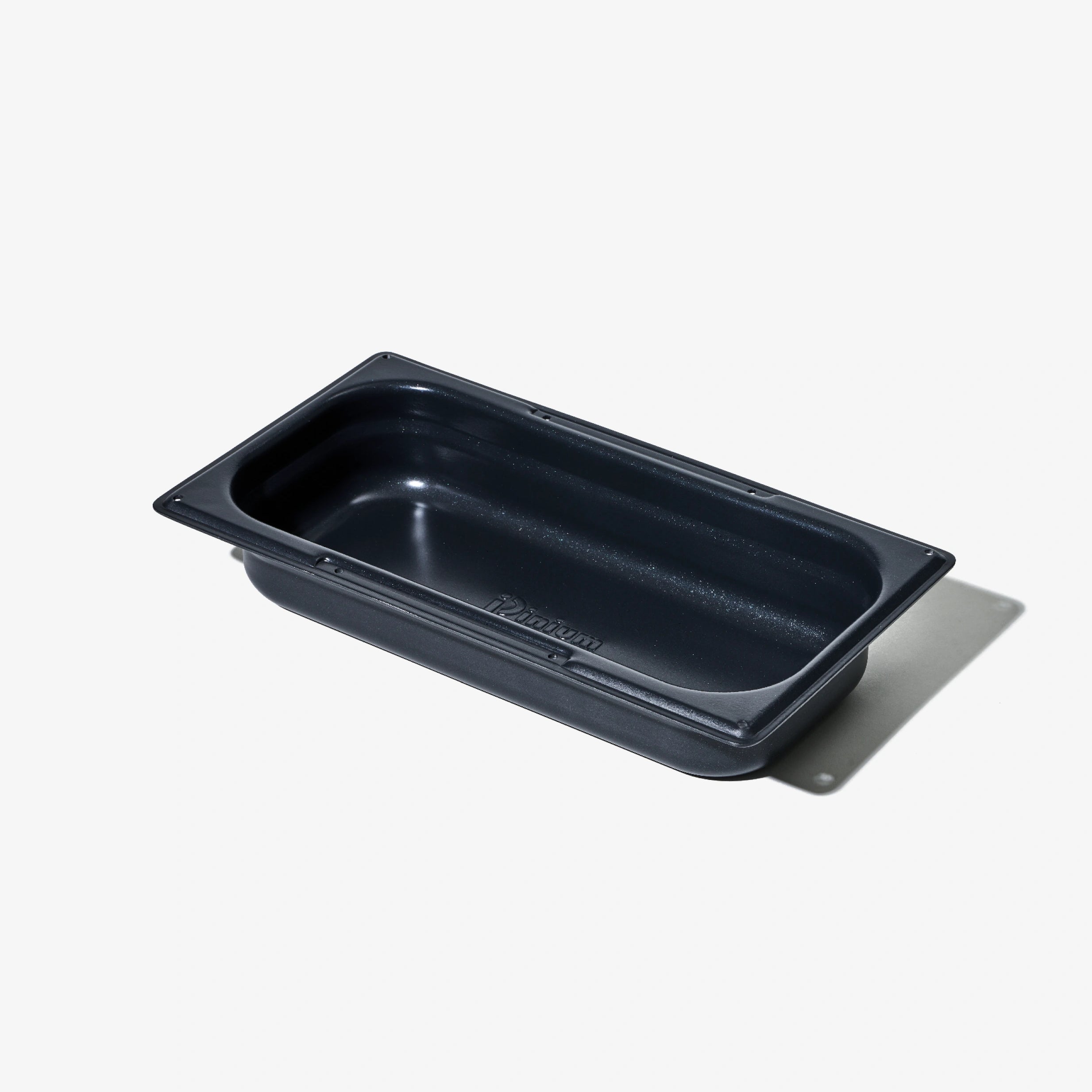

Perfect for bread, cakes, and moist pastries
417 SEK

Perfect for every dish, every day
4 995 SEK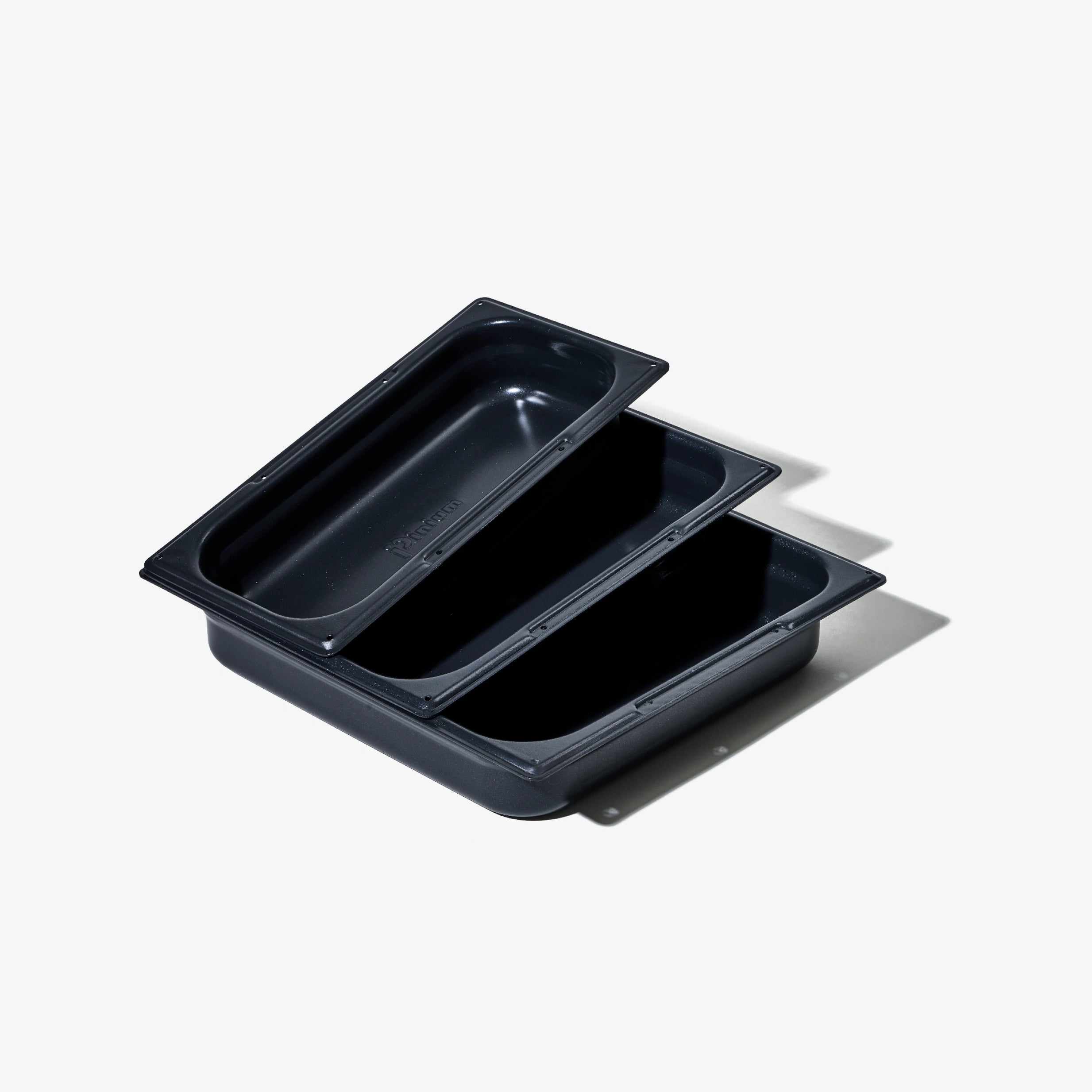

Perfect for everything from dinner to dessert
1 995 SEK

Perfect for dinners, baking buns, and everything in between
1 295 SEK

Perfect for everything from small meals to big barbecue evenings
1 495 SEK

Perfect for everything from everyday dinner to pizza night
1 813 SEK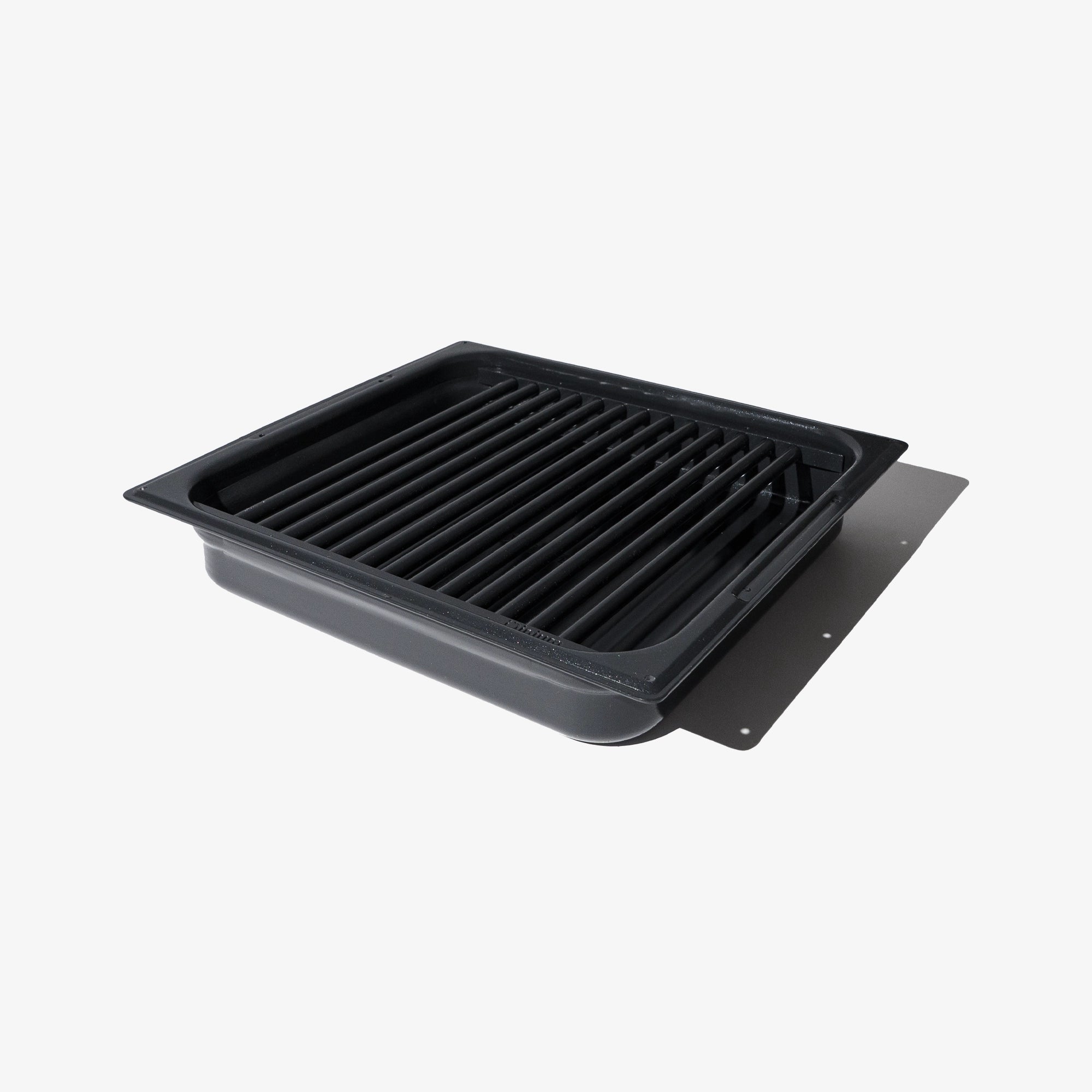

Perfect from everyday dinner to weekend grill in the oven.
996 SEK



Perfect for everyday dinners and the family's favorite dishes
1 495 SEK












